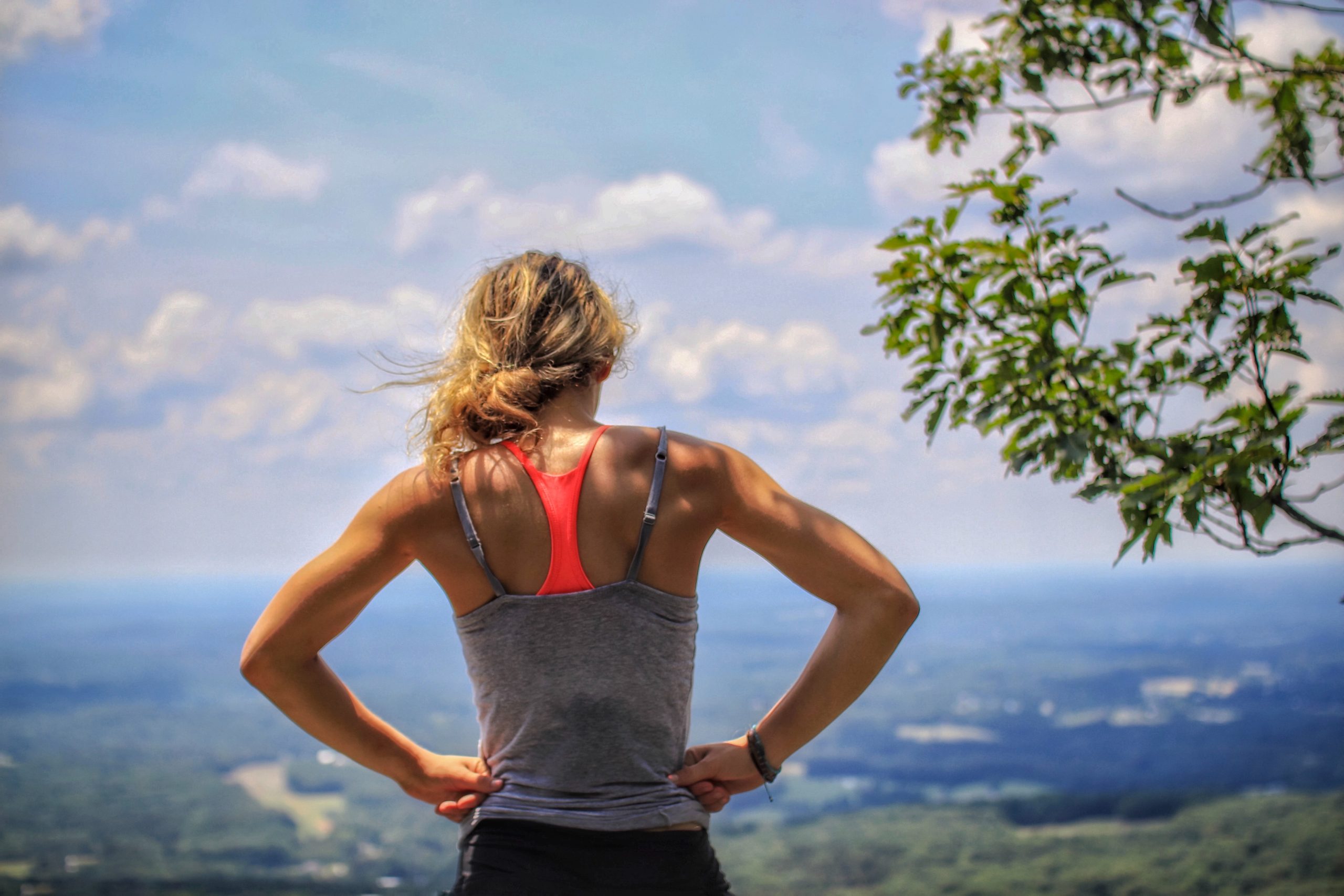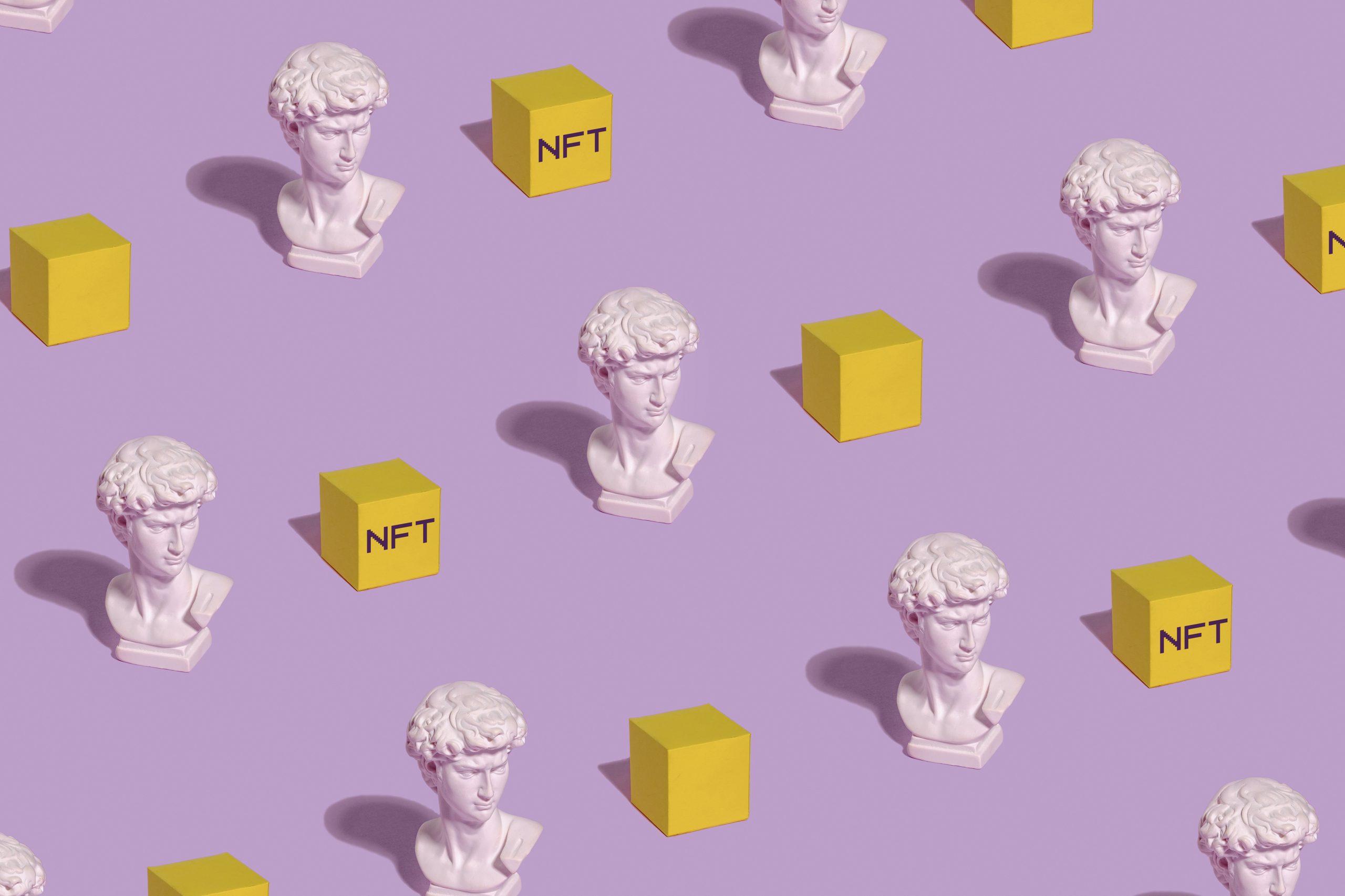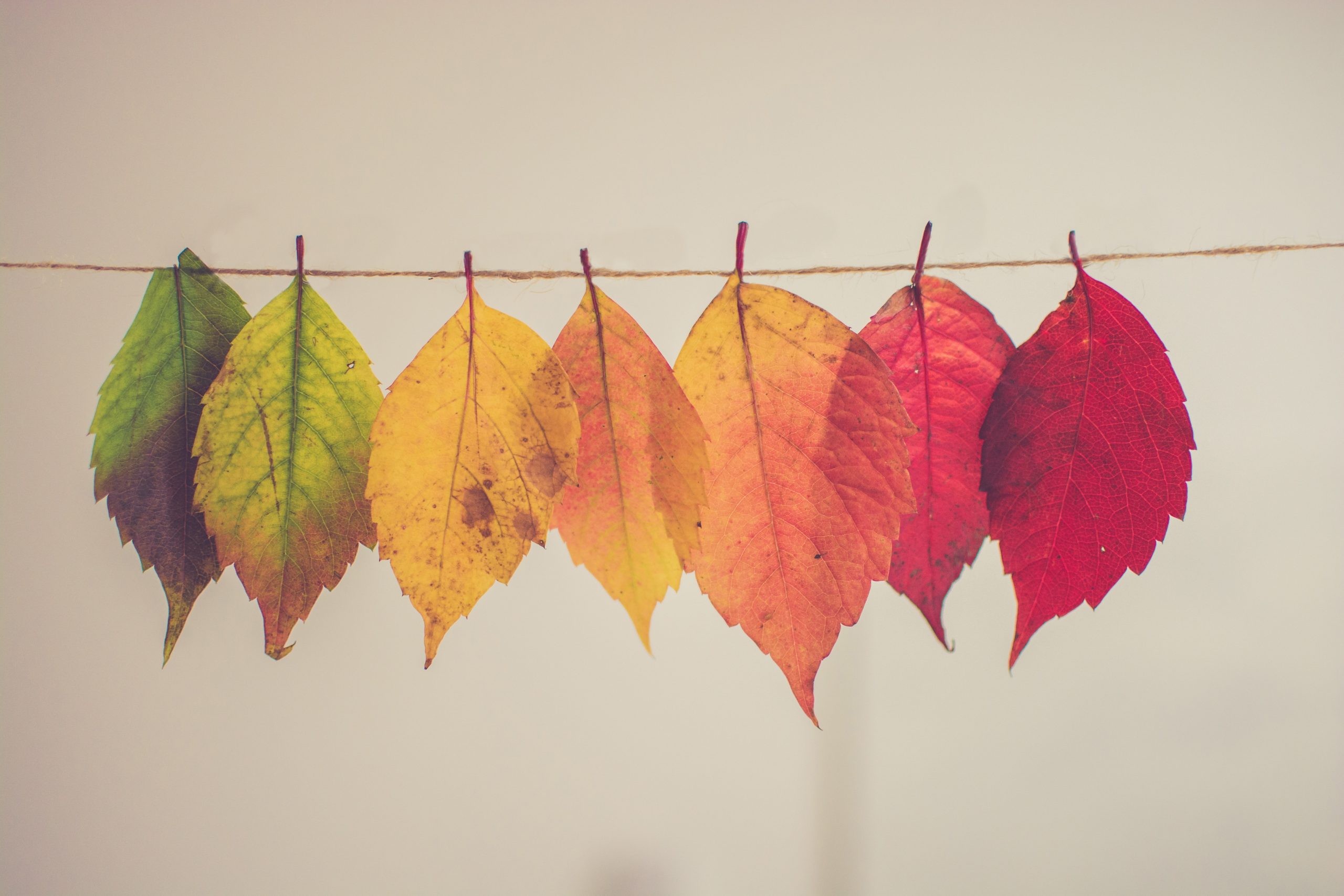Un Paseo por el Lado Salvaje: Los Beneficios de Hacer Senderismo con Zapatos Barefoot
¿Por Qué Usar Zapatos Barefoot para el Senderismo?
- Siente el Terreno Bajo Tus Pies Los zapatos barefoot tienen suelas delgadas y flexibles que te permiten sentir el camino. Esto te ayuda a navegar por terrenos difíciles con más intuición y mejora tu equilibrio. ¿Rocas, raíces y senderos irregulares? ¡Que vengan!
- Fortalece Tus Pies Los zapatos convencionales suelen amortiguar tanto tus pies que estos se debilitan. Los zapatos barefoot dejan que tus pies hagan lo que están diseñados para hacer: adaptarse y fortalecerse de forma natural. Con el tiempo, notarás músculos más fuertes en los pies y las piernas.
- Aventuras Eco-Amigables Terra Roots utilizan materiales sostenibles y procesos de fabricación ética. Al elegir estos zapatos, reduces tu impacto ambiental—¡literalmente!
Correr es una forma fantástica de ejercicio que no solo mejora la condición cardiovascular, sino que también fortalece los músculos y promueve el bienestar mental. Sin embargo, para optimizar tu rendimiento al correr y minimizar el riesgo de lesiones, es crucial prestar atención a tu técnica de carrera. Un problema común que muchos corredores enfrentan es la pisada de talón, donde el talón hace contacto inicial con el suelo. En esta publicación del blog, exploraremos la importancia de una correcta técnica de carrera y proporcionaremos consejos prácticos para ayudarte a evitar la pisada de talón y correr con eficiencia y elegancia.
- Enfócate en la Postura: Mantener una postura adecuada es la base de una buena técnica de carrera. Mantén la cabeza alineada con la columna, la mirada hacia adelante y evita encorvarte. Contrarresta los músculos del core para sostener el torso y mantén una ligera inclinación hacia adelante desde los tobillos, no desde la cintura. Esta postura promueve una zancada más eficiente y natural al correr.
- Aterriza en la Parte Media o Delantera del Pie: En lugar de impactar el suelo con el talón, procura aterrizar con la parte media o delantera del pie. Esto significa que la parte frontal del pie debe hacer contacto inicial con el suelo. Aterrizar en la parte media o delantera del pie permite una mejor absorción del impacto y reduce el estrés en las articulaciones, ayudando a prevenir lesiones comúnmente asociadas con la pisada de talón.
- Aumenta la Cadencia: La cadencia se refiere al número de pasos que das por minuto. Aumentar tu cadencia puede ayudar a reducir la probabilidad de pisar con el talón. Apunta a una cadencia de alrededor de 170-180 pasos por minuto. Esta cadencia más alta fomenta zancadas más cortas y rápidas, lo cual naturalmente promueve un aterrizaje en la parte media o delantera del pie.
- Fortalece tus Pies y Piernas Bajas: Los músculos débiles de los pies y las piernas bajas pueden contribuir a la tendencia de pisar con el talón. Incorpora ejercicios que fortalezcan tus pies y piernas bajas en tu rutina de entrenamiento. Esto puede incluir elevaciones de talón, ejercicios de curl de dedos de los pies y ejercicios de arco del pie. Fortalecer estos músculos proporcionará un mejor soporte y estabilidad, permitiéndote mantener una técnica adecuada durante tus carreras.
- Haz una Transición Gradual a Zapatos Minimalistas o Descalzos: Considera hacer una transición a zapatos minimalistas o descalzos, ya que pueden promover una técnica de carrera más natural y desalentar la pisada de talón. Sin embargo, es importante hacer la transición gradualmente para permitir que tu cuerpo se adapte. Comienza incorporando carreras cortas con zapatos minimalistas, aumentando gradualmente la distancia con el tiempo. Este enfoque gradual ayudará a prevenir lesiones y permitirá que tus músculos y tendones se ajusten al nuevo estilo de carrera.
Al enfocarte en tu técnica de carrera y evitar la pisada de talón, podrás aprovechar todo tu potencial al correr y minimizar el riesgo de lesiones. Recuerda mantener una postura adecuada, aterrizar en la parte media o delantera del pie, aumentar tu cadencia, fortalecer tus pies y piernas bajas, y considerar una transición a zapatos minimalistas o descalzos. Con práctica y constancia, desarrollarás una mecánica de carrera eficiente que mejorará tu rendimiento y hará que cada carrera sea una experiencia placentera y libre de lesiones. ¡Feliz carrera!
(Nota: Siempre es importante consultar con un profesional de la salud o un entrenador de carrera antes de realizar cambios significativos en tu técnica de carrera o calzado).
Barefoot Shoes and Bunions
If you’re suffering from bunions, wearing barefoot shoes may be the answer to your foot woes. Bunions are a common and painful condition in which the big toe joint becomes swollen and misaligned.
Wearing shoes that have too much cushioning can make this problem worse, as can high heels or tight-fitting footwear. That's why many people with bunions opt for barefoot shoes—they offer plenty of room for your toes to move naturally while still providing adequate protection against hard surfaces like pavement and concrete.
Barefoot shoes provide a number of benefits when it comes to managing bunions. First, they help promote natural foot movement by allowing your toes to spread out without restriction—this helps reduce pressure on the bunion area and provides relief from pain associated with the condition. Additionally, because there’s no arch support built into most barefoot shoes, they won't interfere with any orthotics you may need to wear. Finally, these types of footwear tend not to be very heavy so they won't place extra strain on already sore joints in your feet caused by bunions either.
In short, if you have bunions then investing in some quality barefoot shoes could make all difference when it comes to managing pain levels throughout the day. Not only do these types of shoe provide superior comfort but also encourage healthy foot movements that will help keep those pesky bunion problems at bay!
What exactly is an NFT?
NFT’s have gotten a lot of hype lately. But what exactly is an NFT? Let’s break it down.
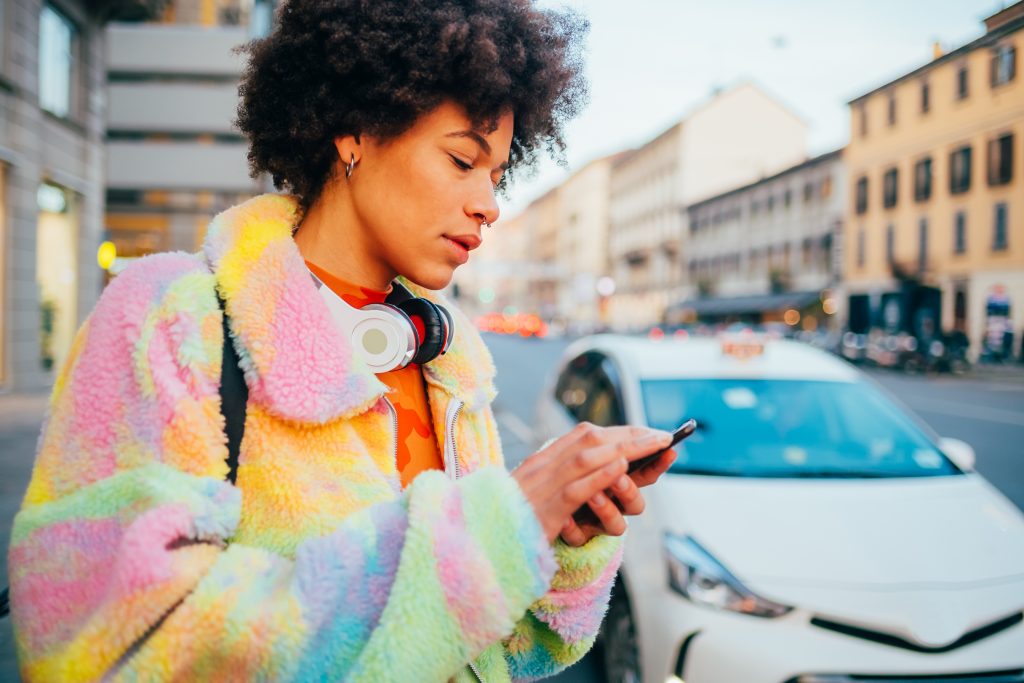
NFT stands for “Non-fungible Token.” This can be considered a digital asset.
The word “fungible” means something that can be traded for something else of equal value. So, in this case “non-fungible” means that there is not something with equal value. There is only one uniquely like it. Many of the world’s most valuable items such as the Mona Lisa or the Statue of David are considered “non-fungible.” There is only one.
When we look on the other hand, for example, we have cryptocurrencies, such as Bitcoin, which are “fungible” tokens, meaning each Bitcoin has the same value, therefore one Bitcoin can easily be traded with another Bitcoin. When you have an NFT, it can be bought and sold but there is nothing that is of equivalent value that could easily be traded with it.
Then we have the word “token.” Being a token means it is unique and there is nothing like it. When something is tokenized that means it’s attached to a digital certificate of ownership, and is uniquely its own thing.
What is the blockchain?
In order to better understand how NFT’s work, it is important to have an understanding of the blockchain as well.
A blockchain is a database that stores digital information chronologically. This is decentralized which means the control is spread out across different authorities instead of by one. This allows people to make transactions directly with each other instead of relying on a middleman such as a bank. Every transaction you make on the blockchain goes onto a public ledger so there is proof of whatever exchanges were made.
So, when you buy your NFT, you won’t have a physical asset proving ownership, but the proof of your ownership is recorded on the blockchain.
So why would you want an NFT anyway?
Just like any other collectible, your NFT might raise in value the longer you hold onto it. That means one day, you could potentially sell it and make money.
The other thing that NFTs sometimes have are “utilities.” These are special “real world” perks that come with your NFT. This could be access to events, discounts, special communities, etc. As a holder of that particular NFT, you have access to its utilities. You may not care about the digital asset itself, but you may want to hear your favorite media icon speak at a conference. It could give you that special opportunity.
Whatever your motive is, it’s definitely worth it to take advantage of this new form of collectibles.
5 Facts about Fall
With the beautiful colors, cozy feelings, and awesome flavors, Fall is a crowd favorite. Whether you're planning your next trip to the pumpkin patch, organizing your Halloween costume, or gearing up for Thanksgiving, there is something for everyone! To help you become even more of a Fall expert, let us fill you in on some facts about Fall that you might not have known before.
1. "Pumpkin spice" flavor doesn't actually contain pumpkin.
Companies that produce edible items (lattes, cookies, doughnuts, etc.) that are pumpkin spice flavored very rarely use pumpkin in their recipes. This flavor consists of a spice blend usually including nutmeg, cinnamon, dry ginger, and cloves. Often the products also contain a synthetic version containing chemicals. These chemicals make your brain think that the flavor is pumpkin. A sad twist on our fall favorites! Luckily there are a lot of 'copycat' recipes that actually include real pumpkin and real ingredients. You can recreate some of your favorites at home with less chemicals.
2. Fall means tourism!
There are many destinations that have spectacular fall leaves, attracting dozens of tourists each year. People travel from all over to see the colors and collect some great photos. It's no beach, but the beauty appeals to travelers, and towns that have beautiful fall colors rake in a lot of money due to tourism in this season.
3. The Fall leaves colors exist all year.
The reason we can't see the colors is because there is chorophyll blocking our vision from them, and when the time comes, the chorophyll actually fades, exposing the beautiful reds, oranges, and yellows we all know and love. The chorophyll fades because of changes in the length of daylight and changes in temperature, (the leaves stop their food-making process). So it's not that the leaves change their color, it's that the chorophyll disappears.
4. Fall isn't caused by the earth's distance from the sun.
The distance from the sun doesn't affect seasons at all. What affects the seasons is actually the earth's tilt relation to the sun. It gets warmer in each hemisphere when the earth tilts towards the sun and colder when it tilts away.
5. Fall is a specifically American term.
In the 1600s poets coined the phrase "fall of leaves." This was later shortened to just "fall." While Autumn was the popular word in Britain, the American colonies and the English did not keep in good communication with one another and so changes between the languages started to occur. By the 1800s the word "fall" had made its firm roots in the American English language.
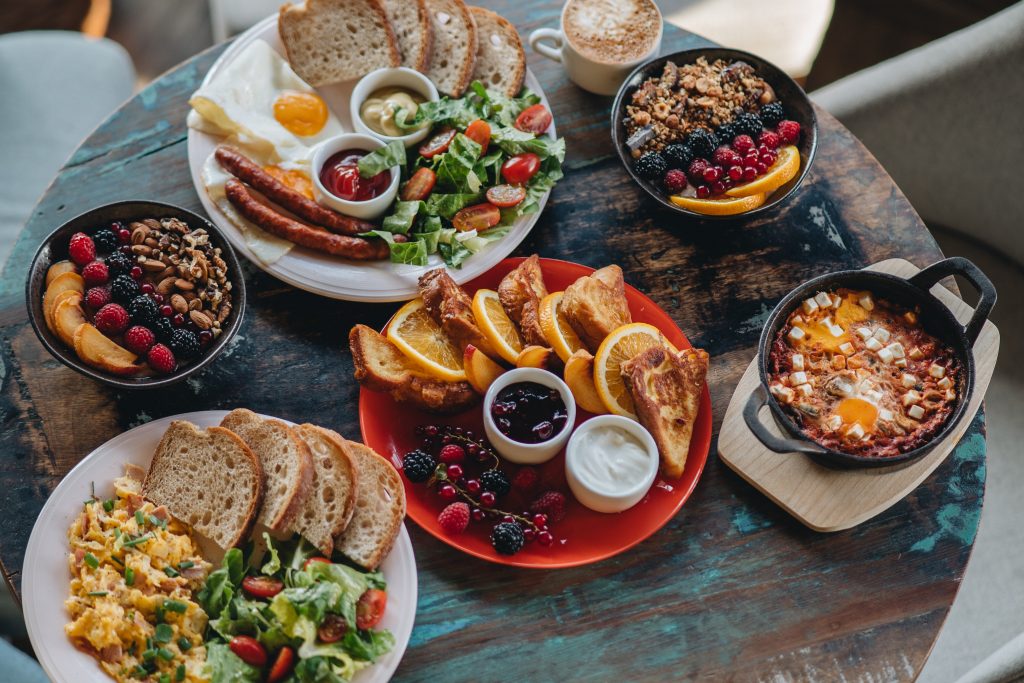
Now, (after fighting about whether or not candy corn is a delicious sugary sweet or a disgusting and overrated fall favorite) you have some talking points for your next Fall party. Or should we say your next Fall of Leaves party?


